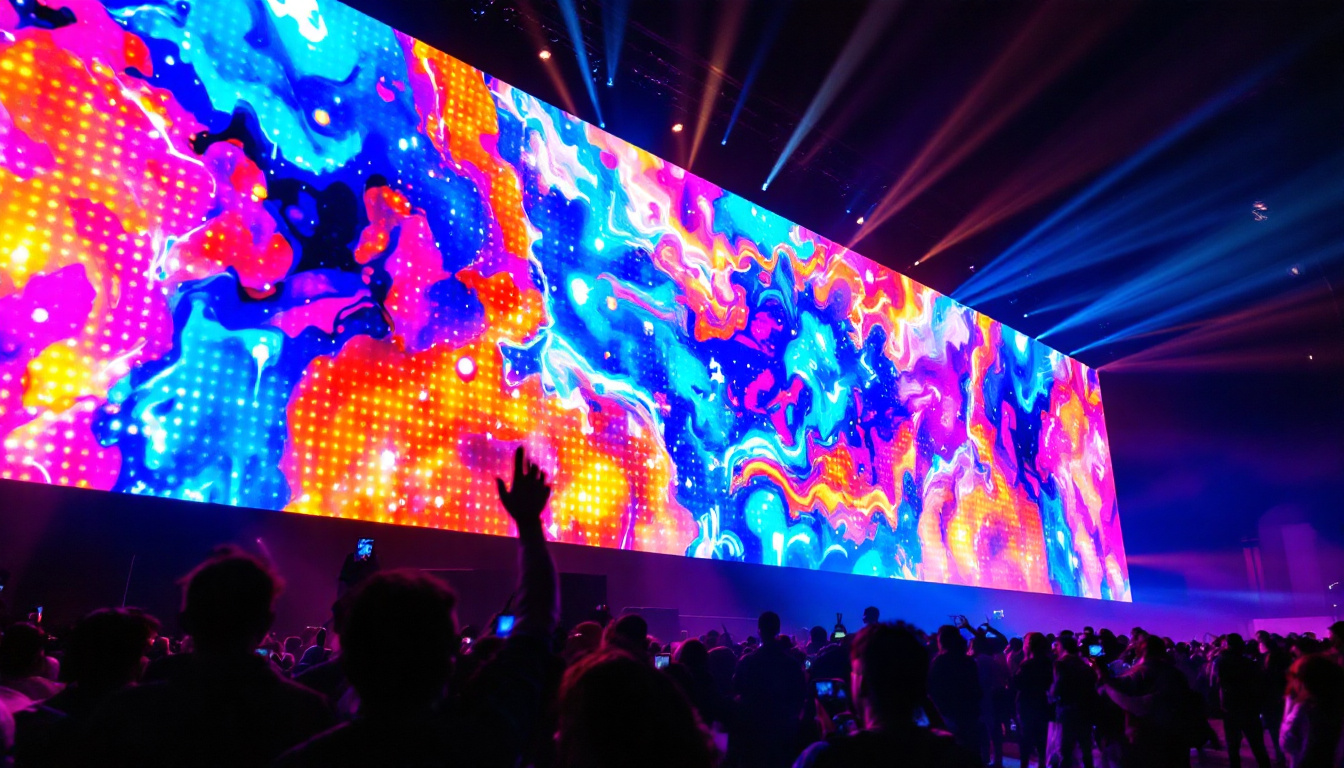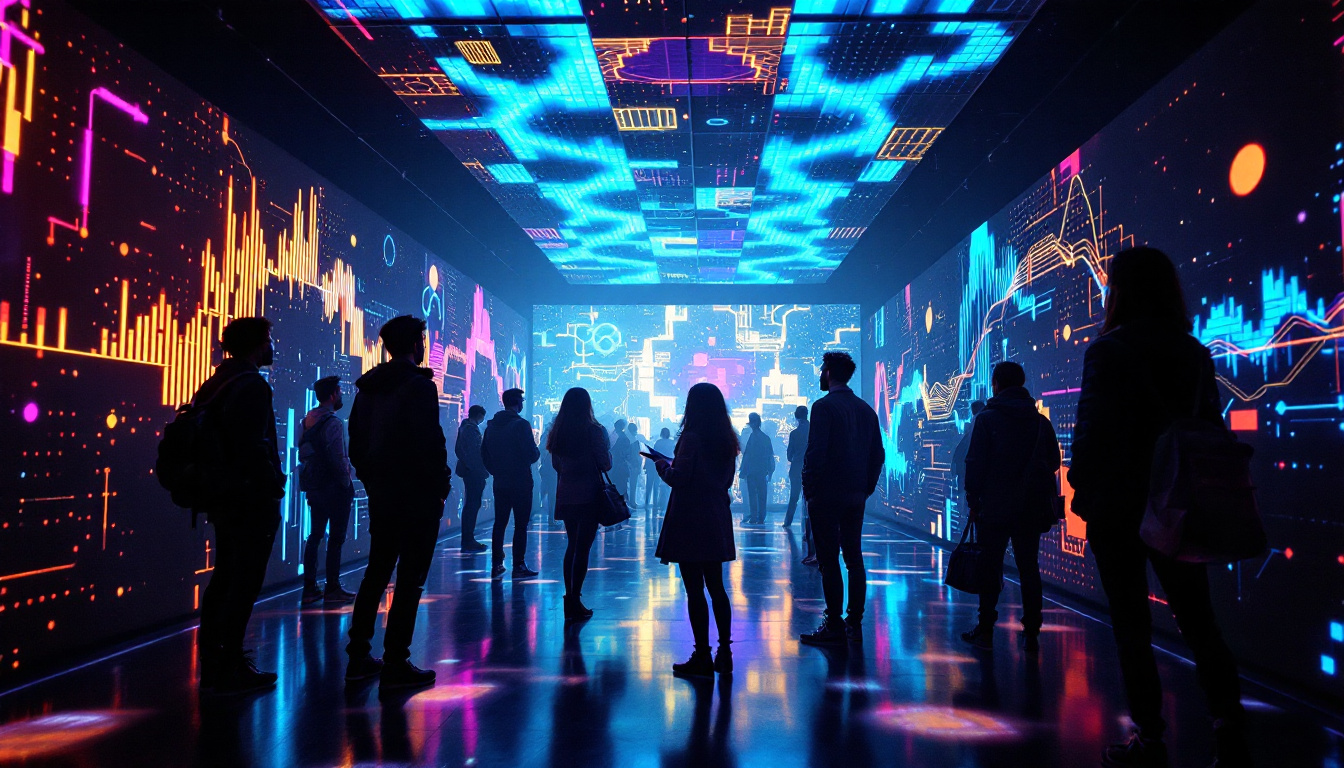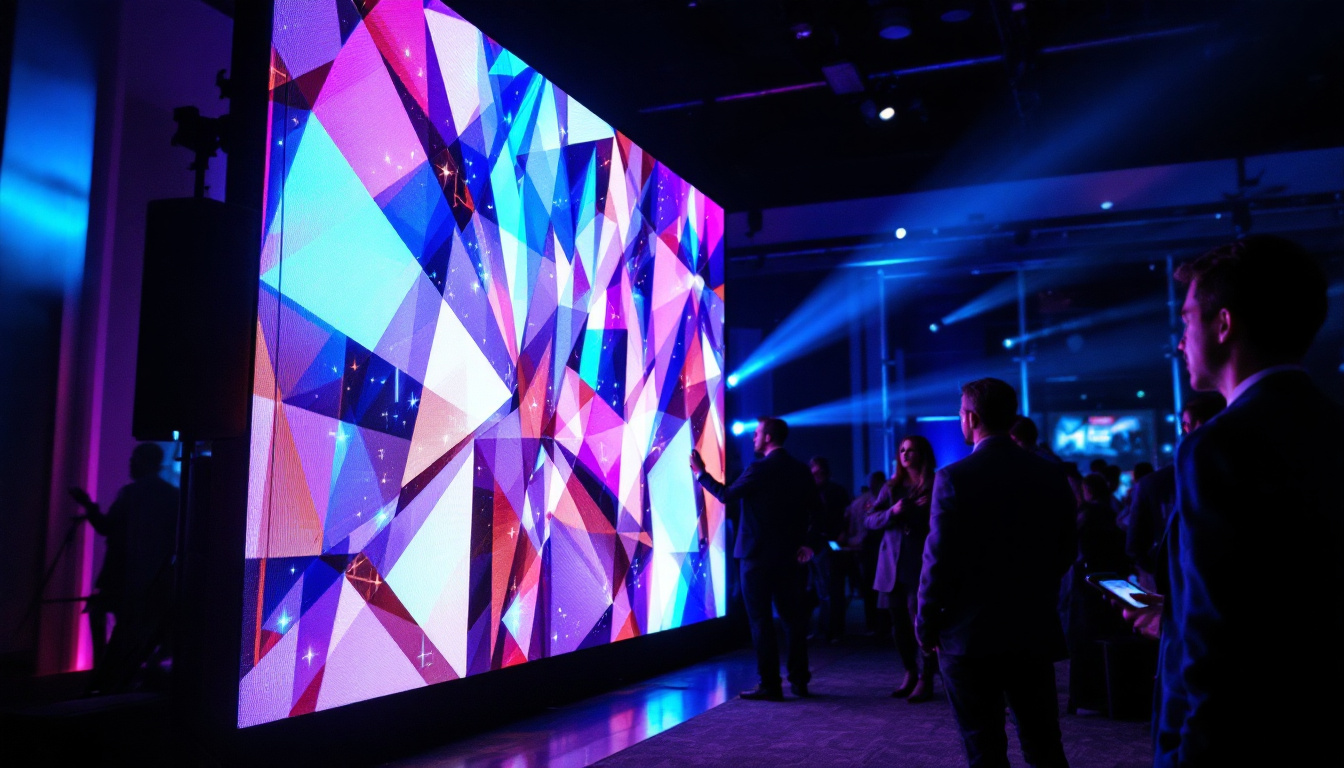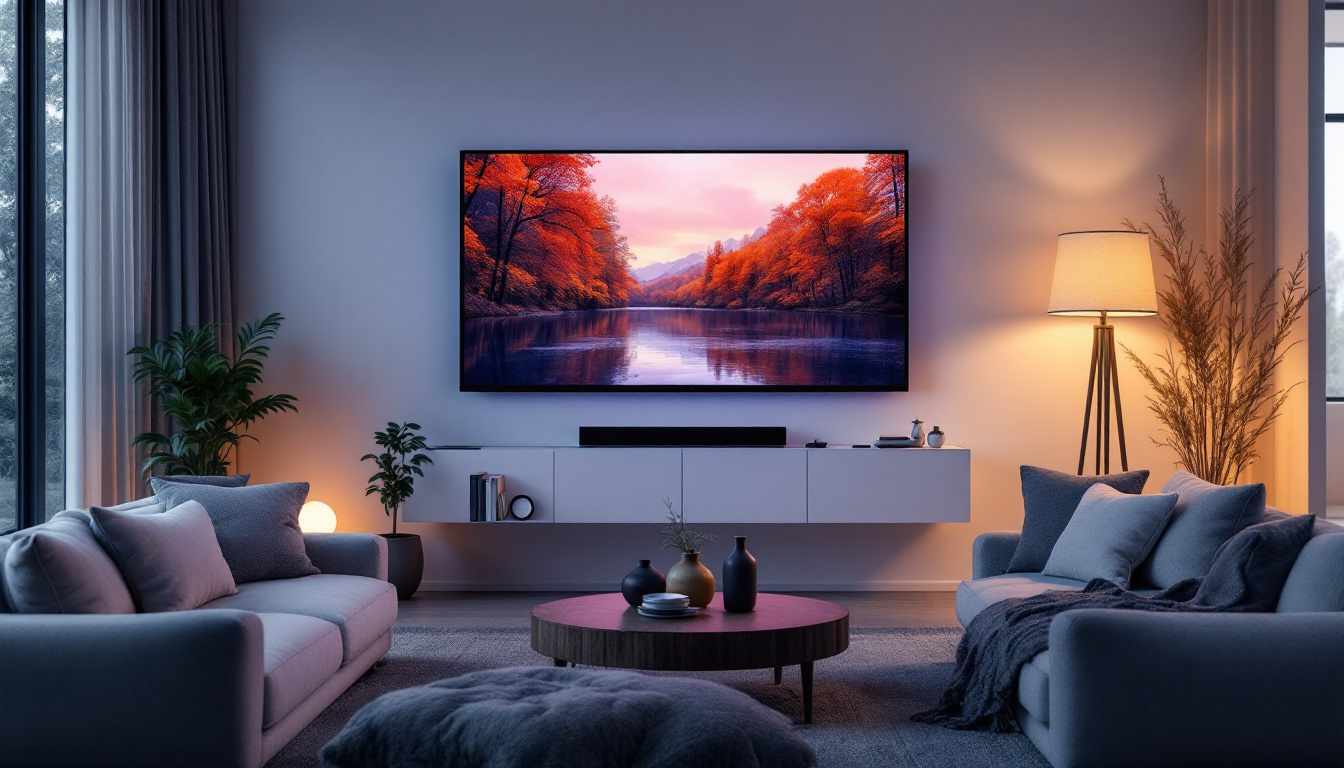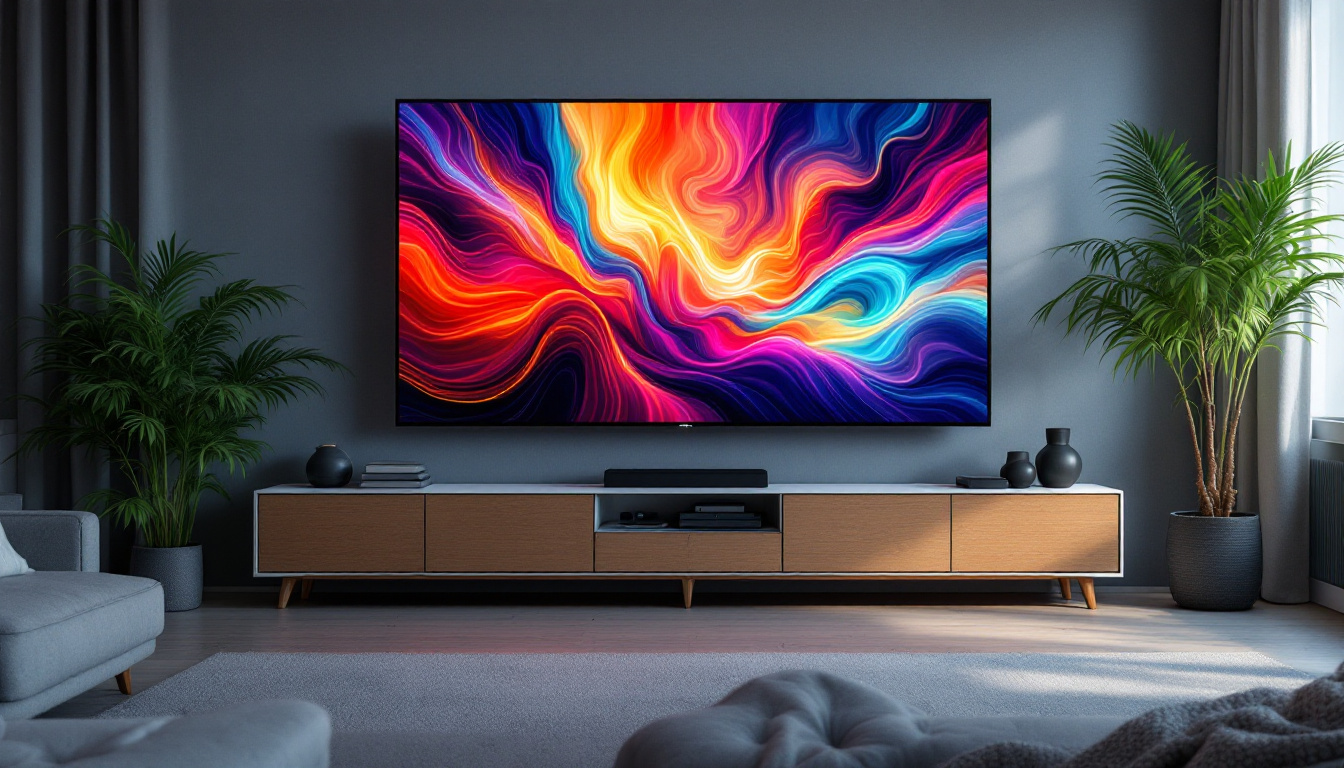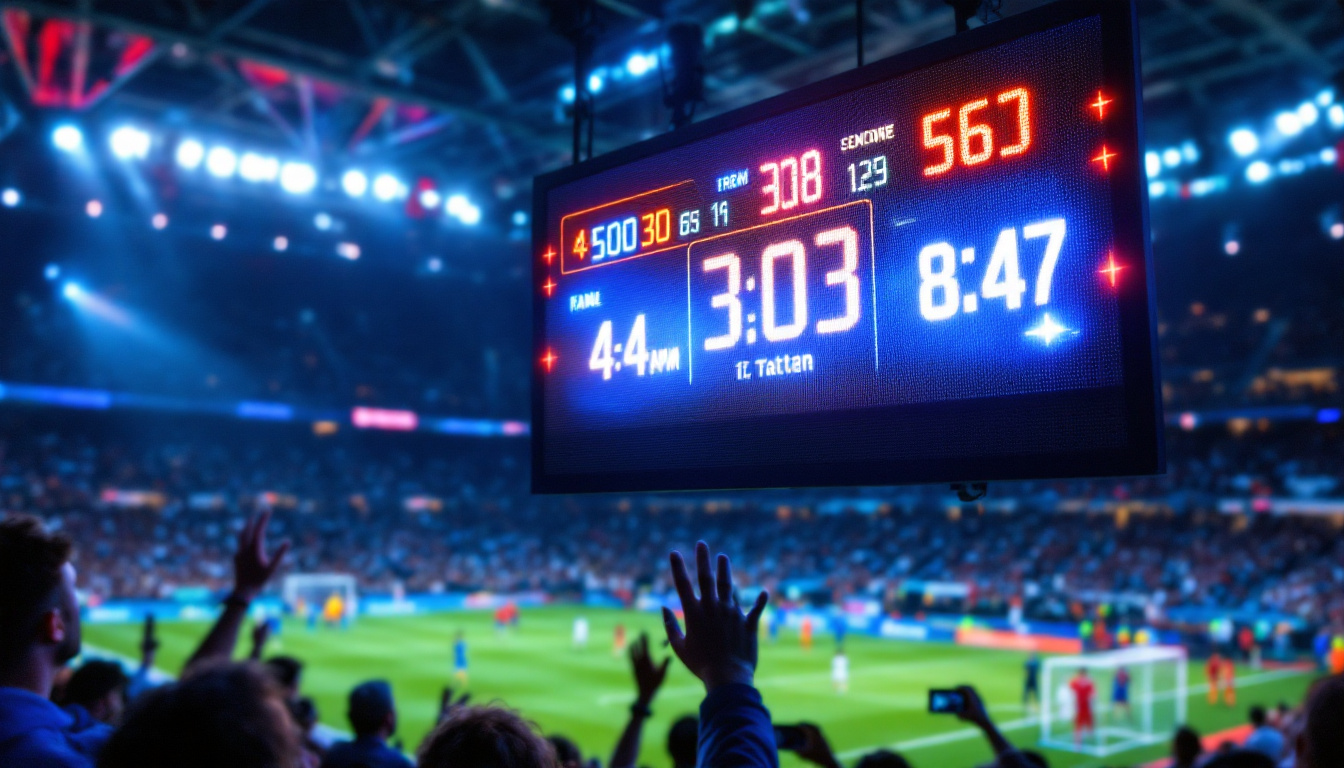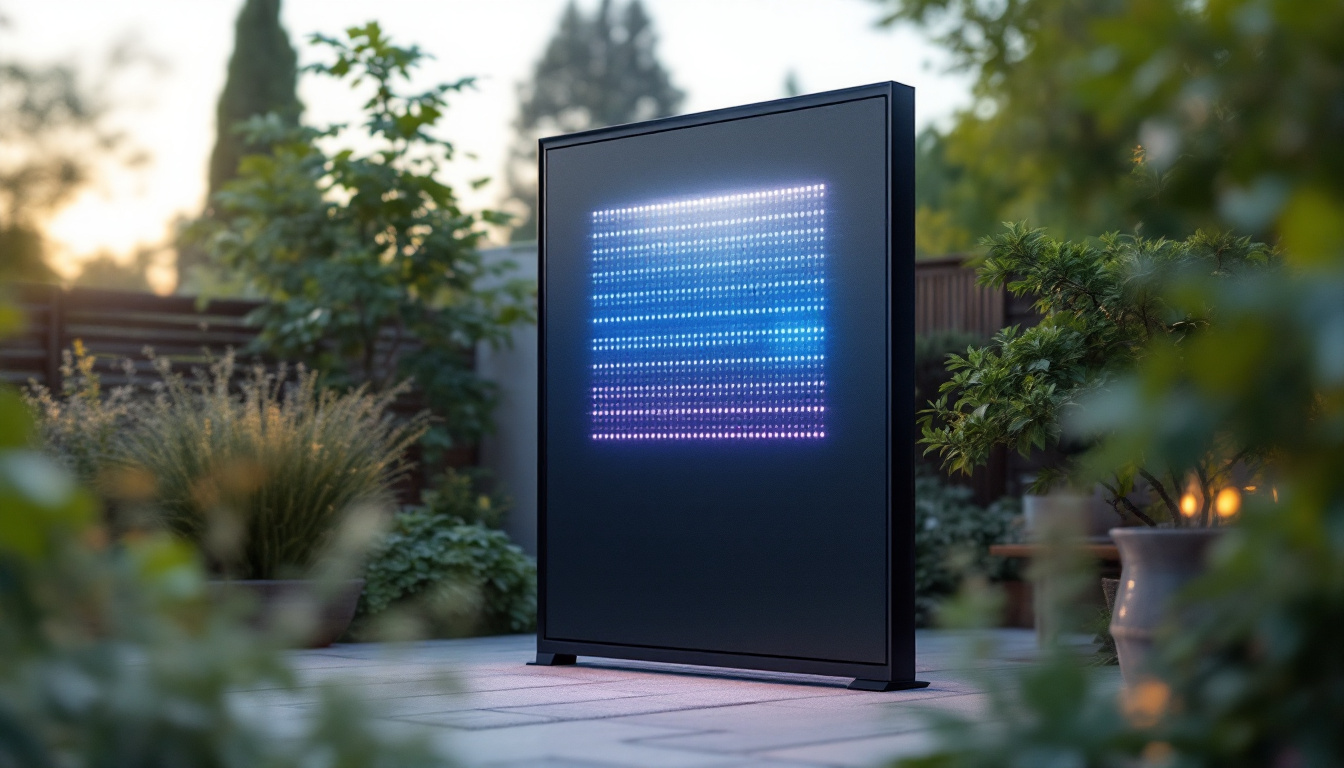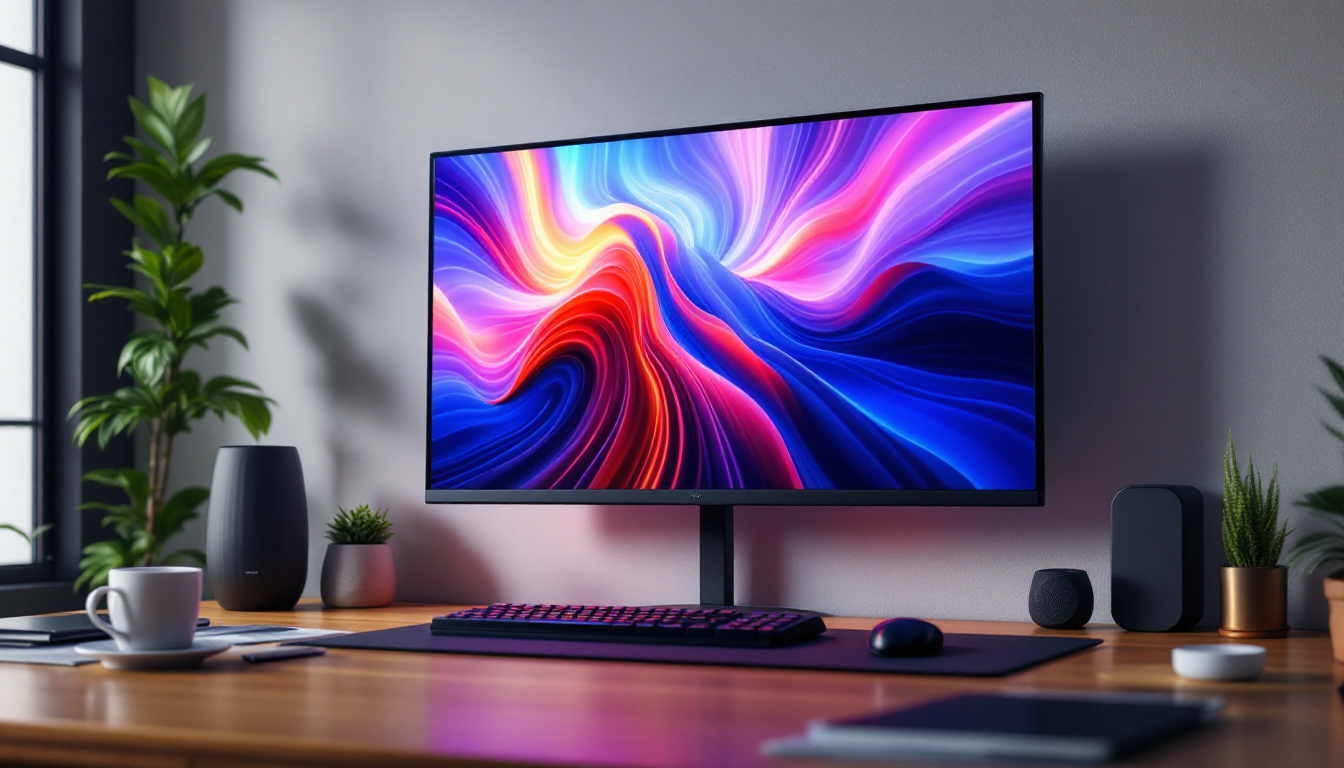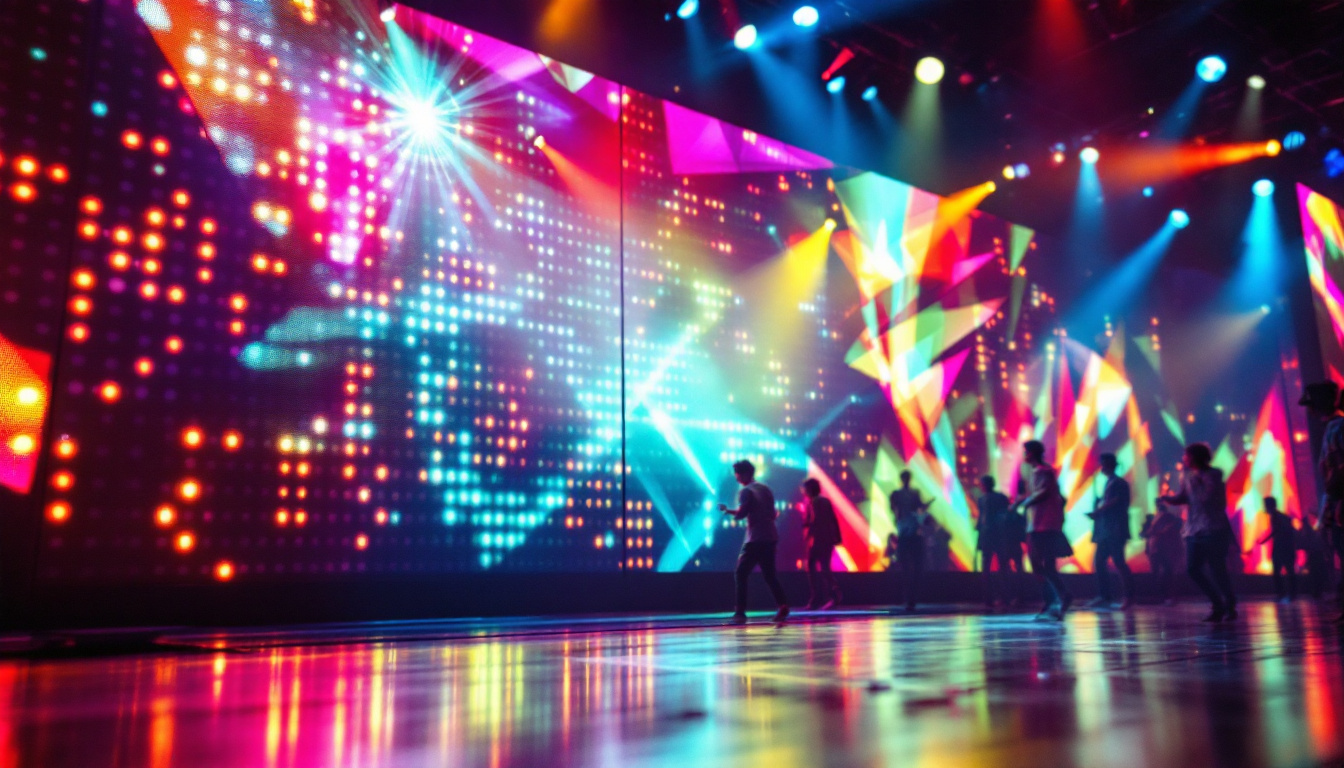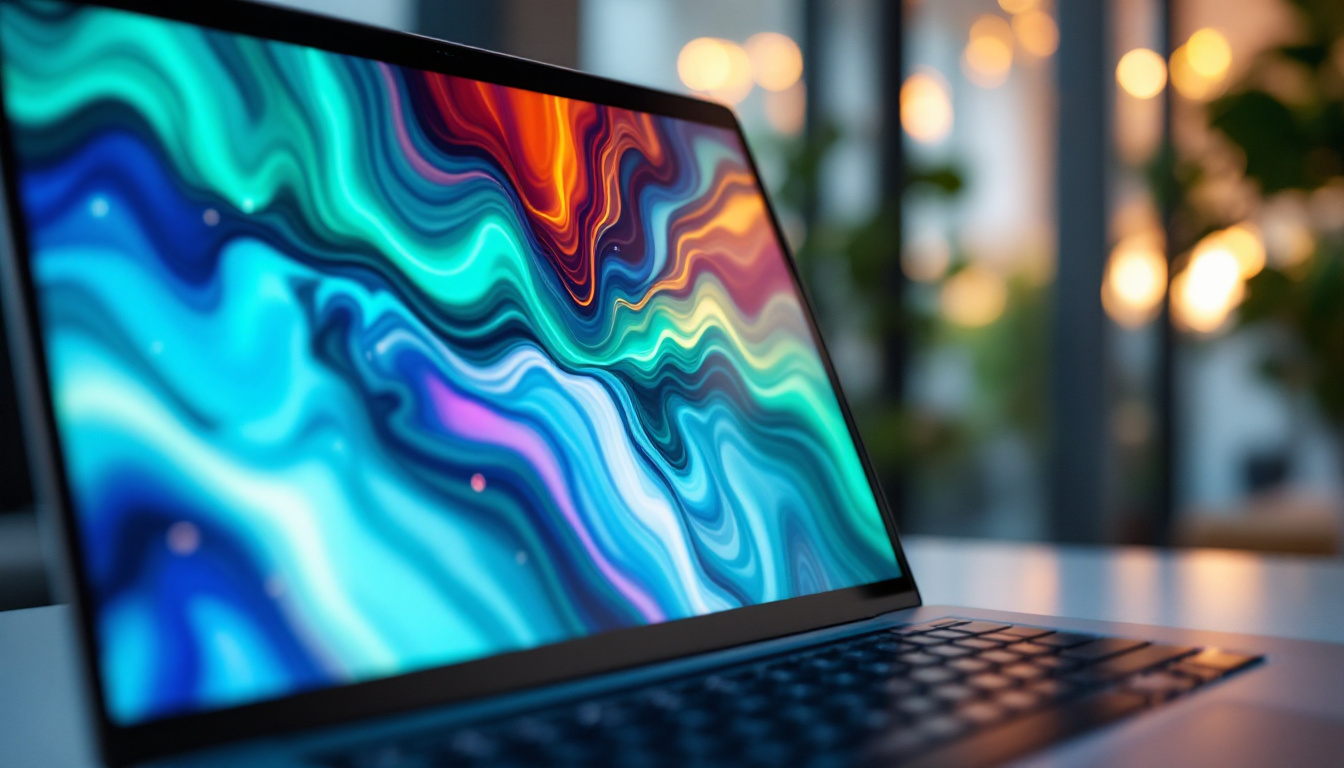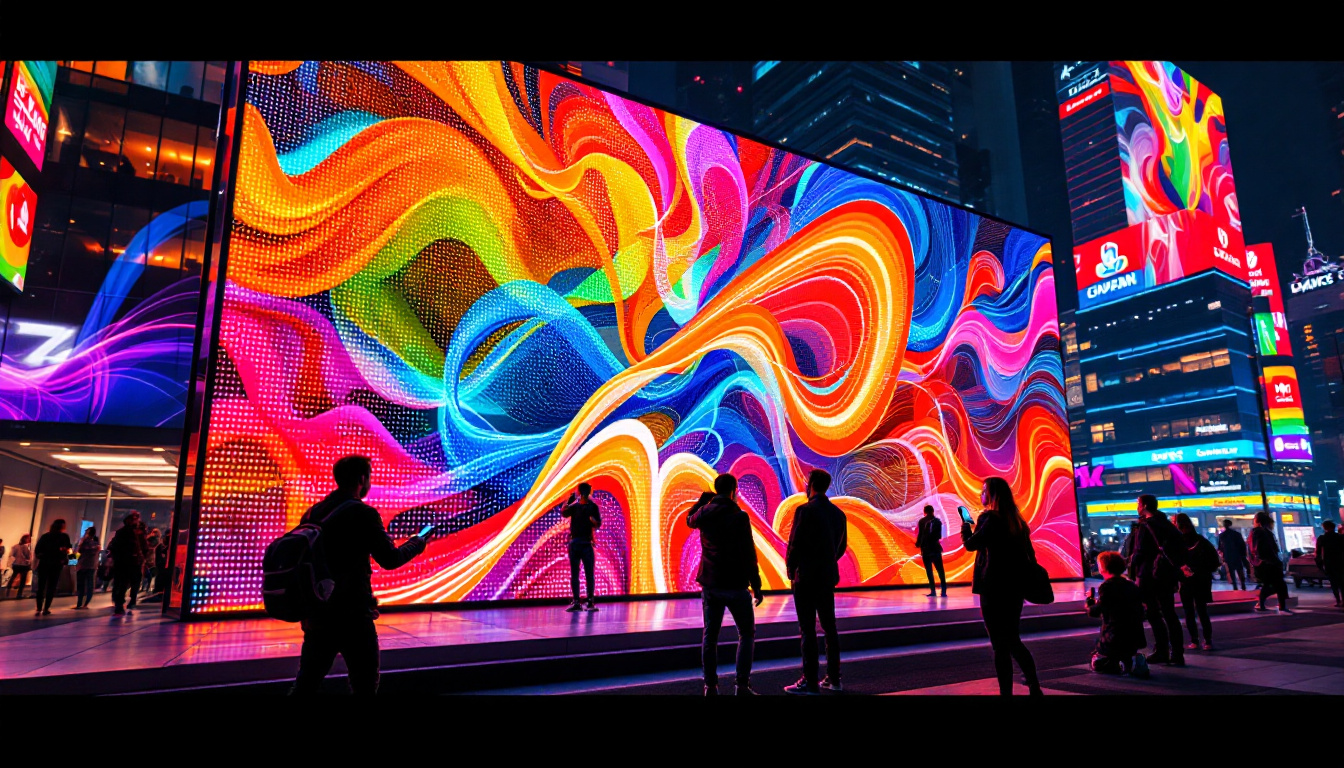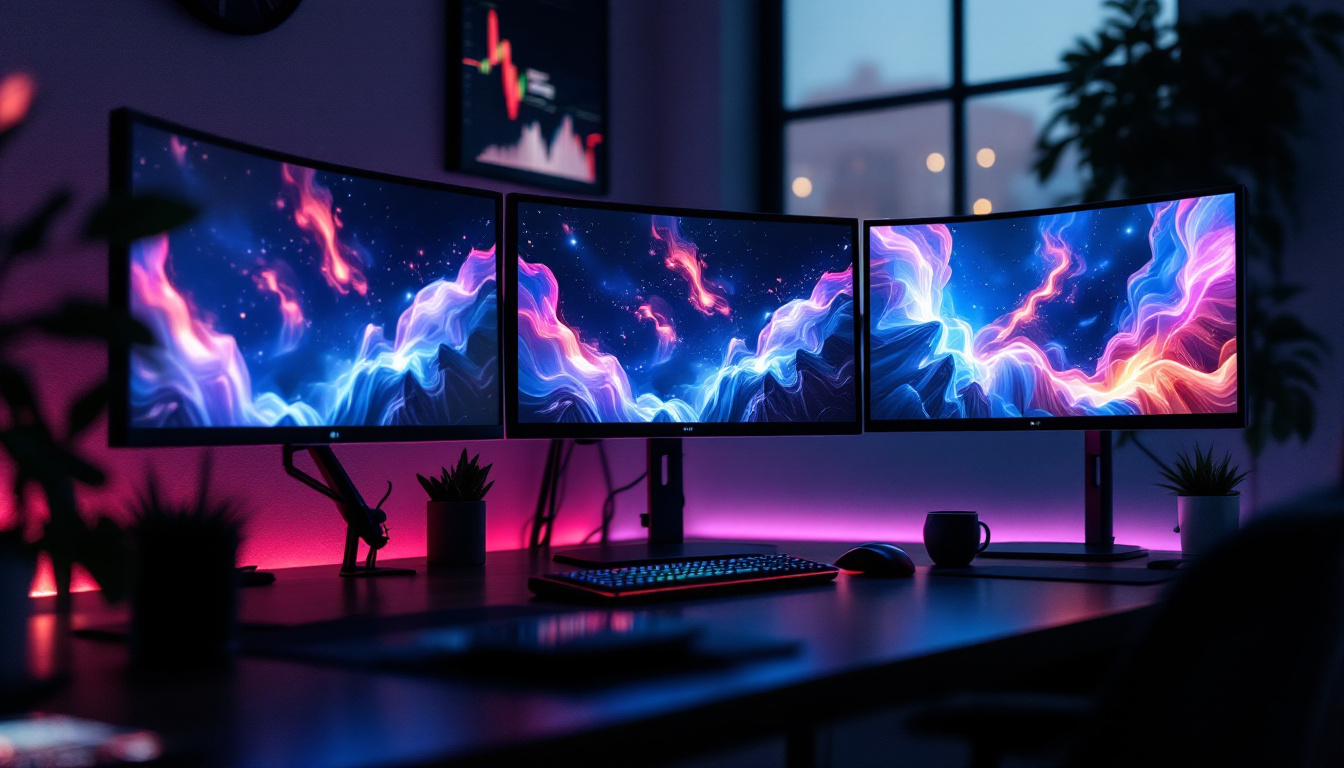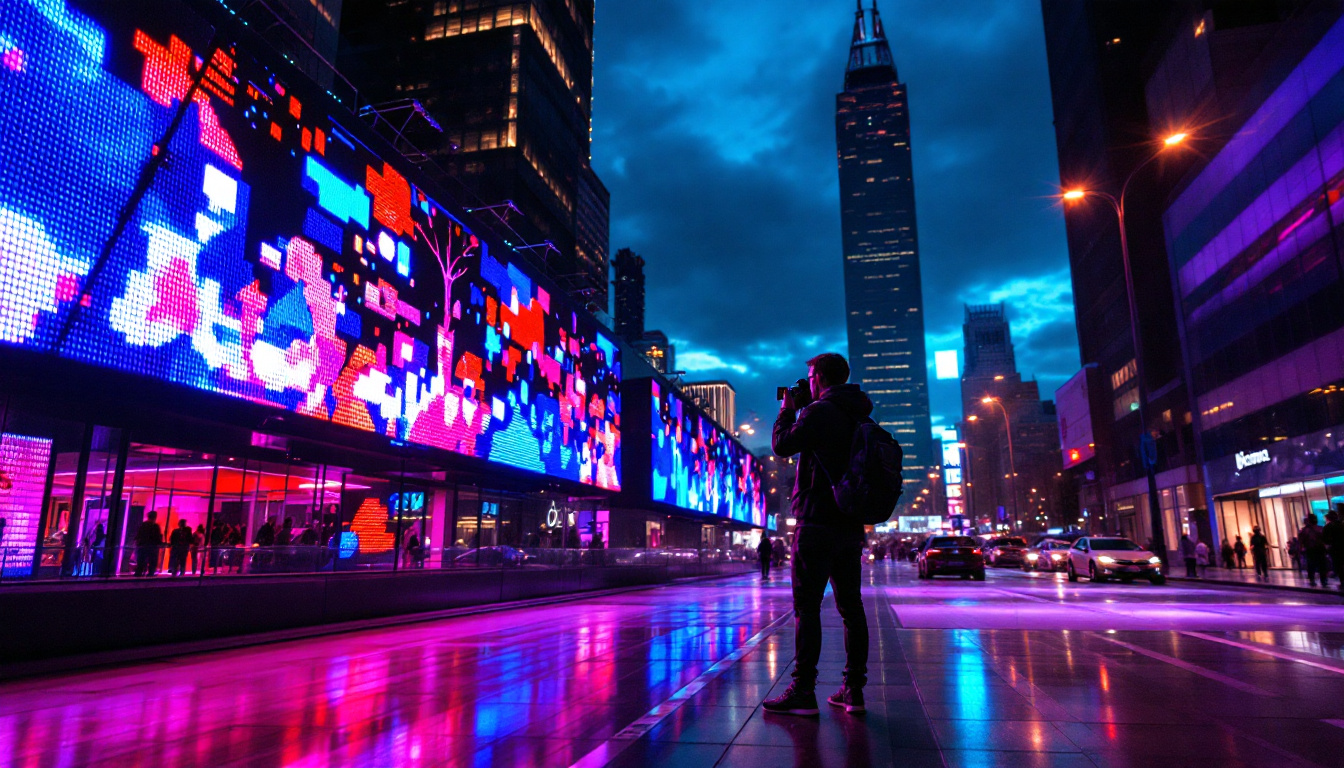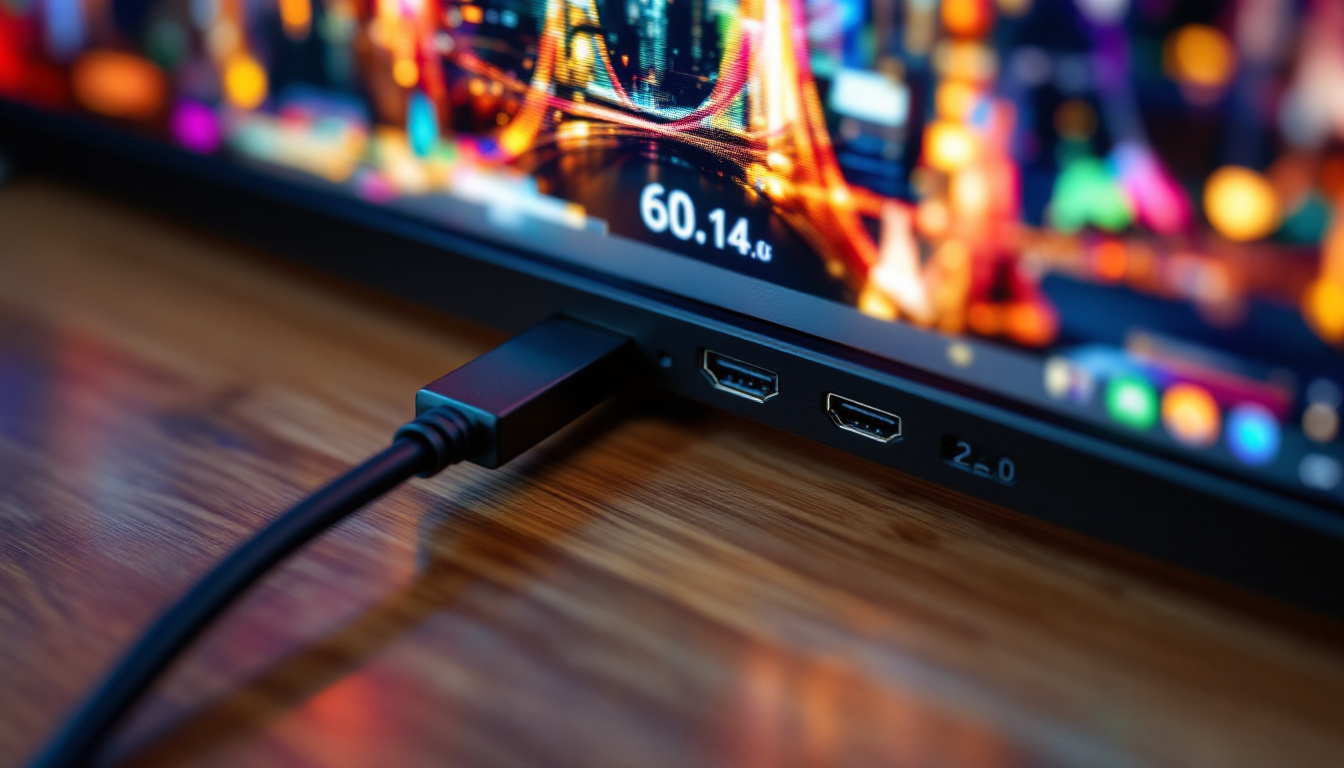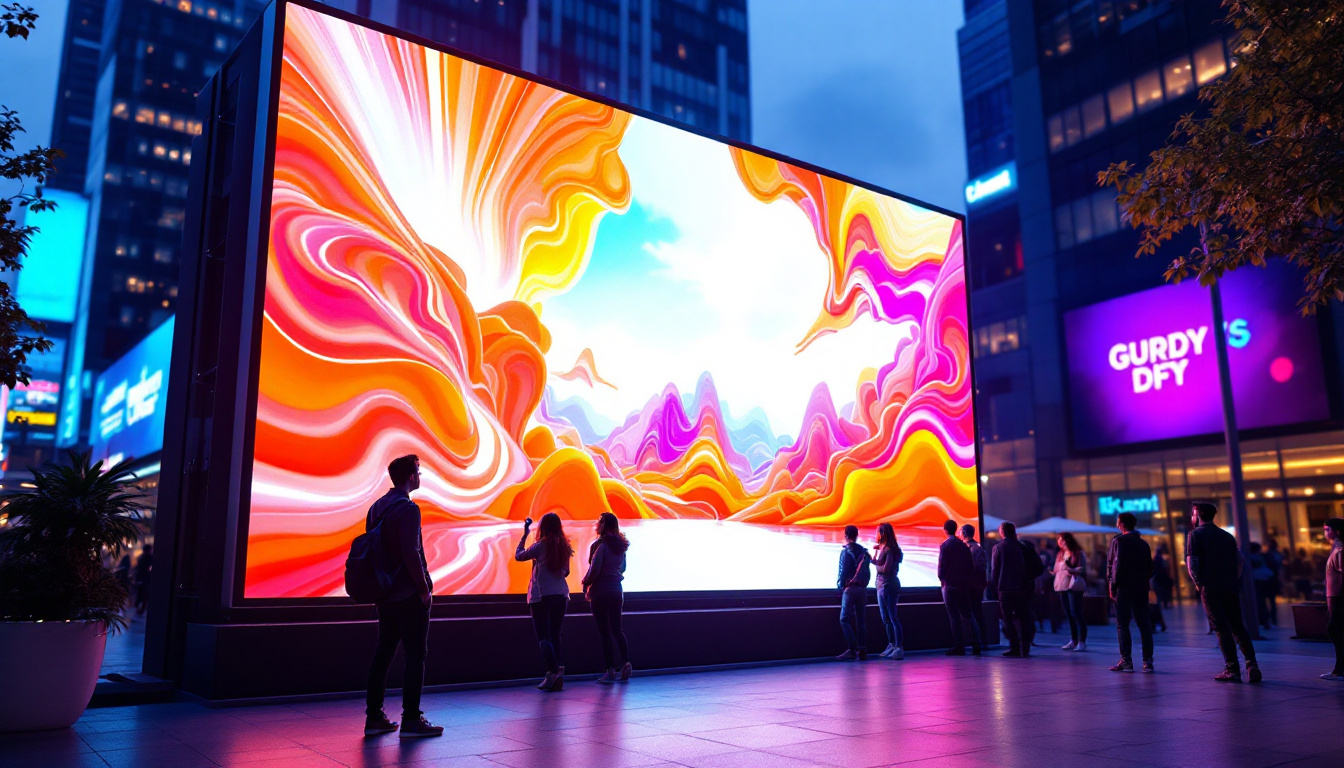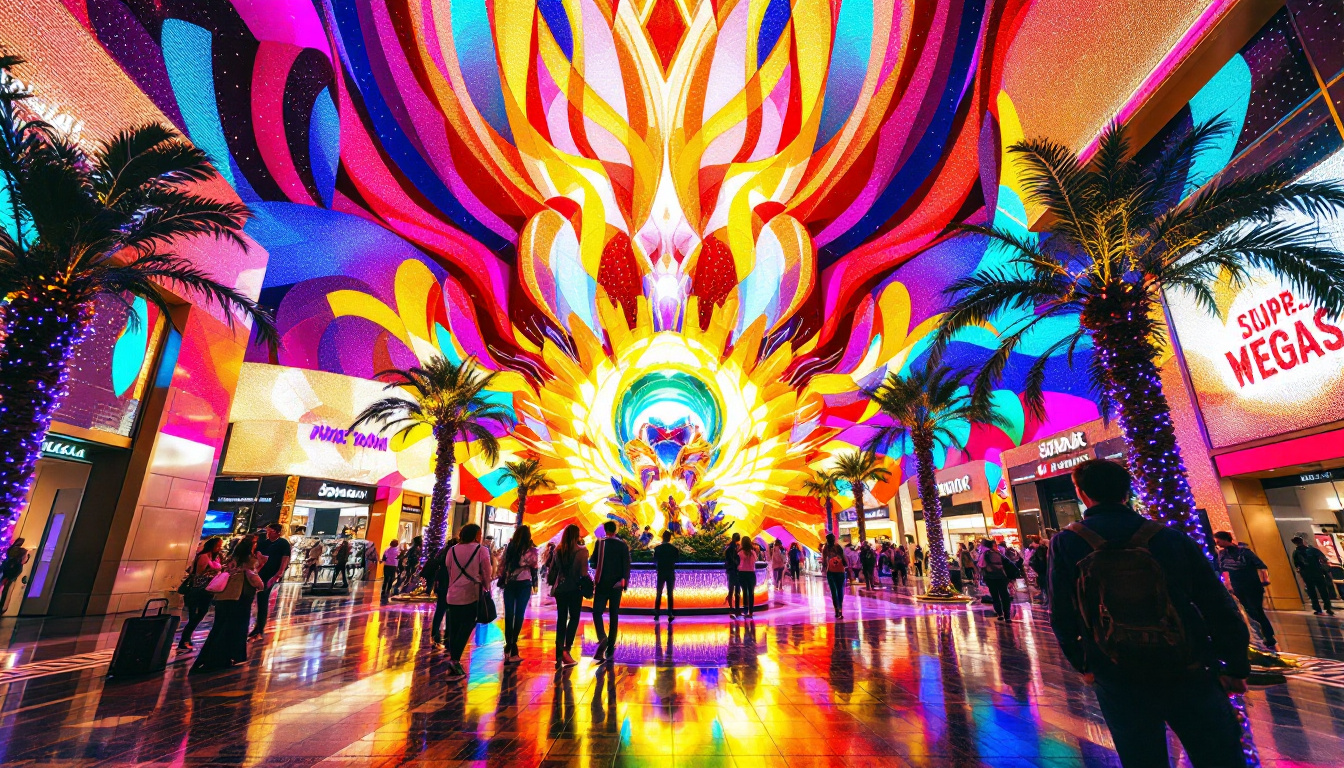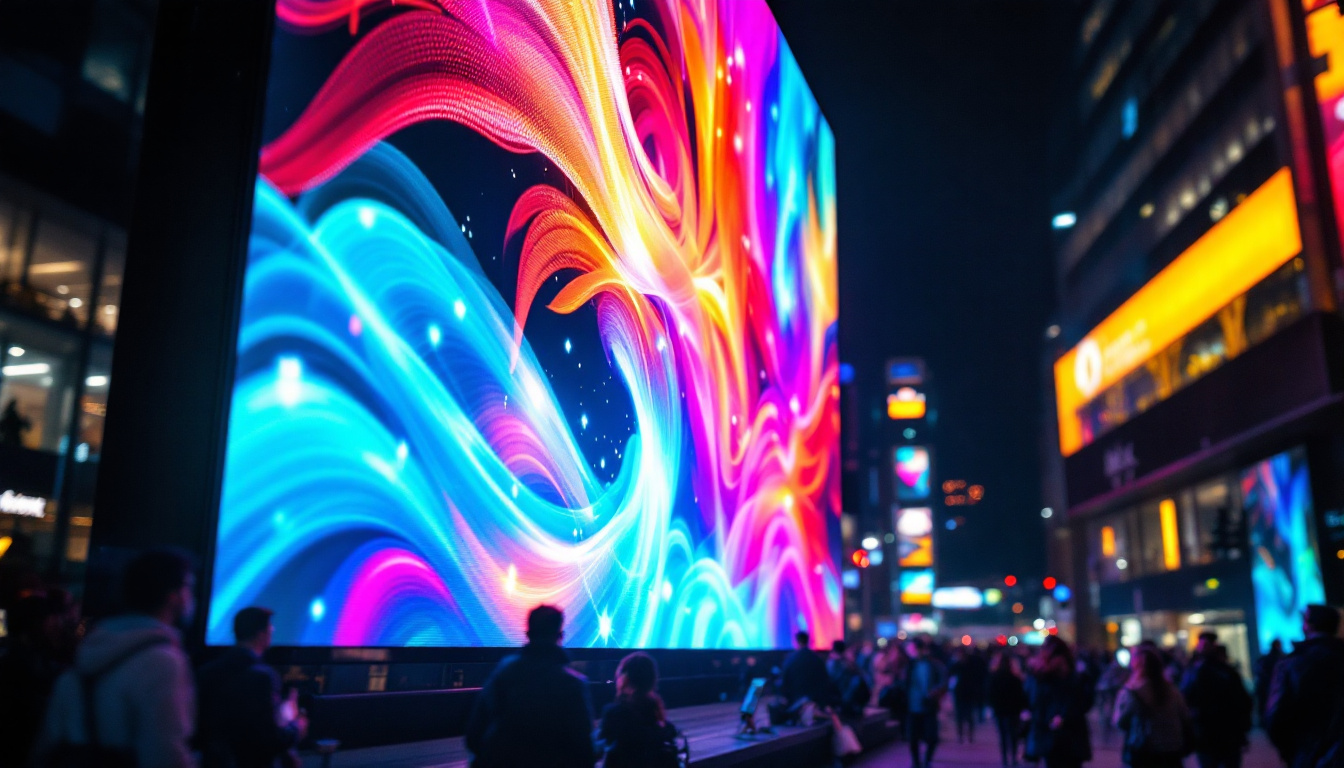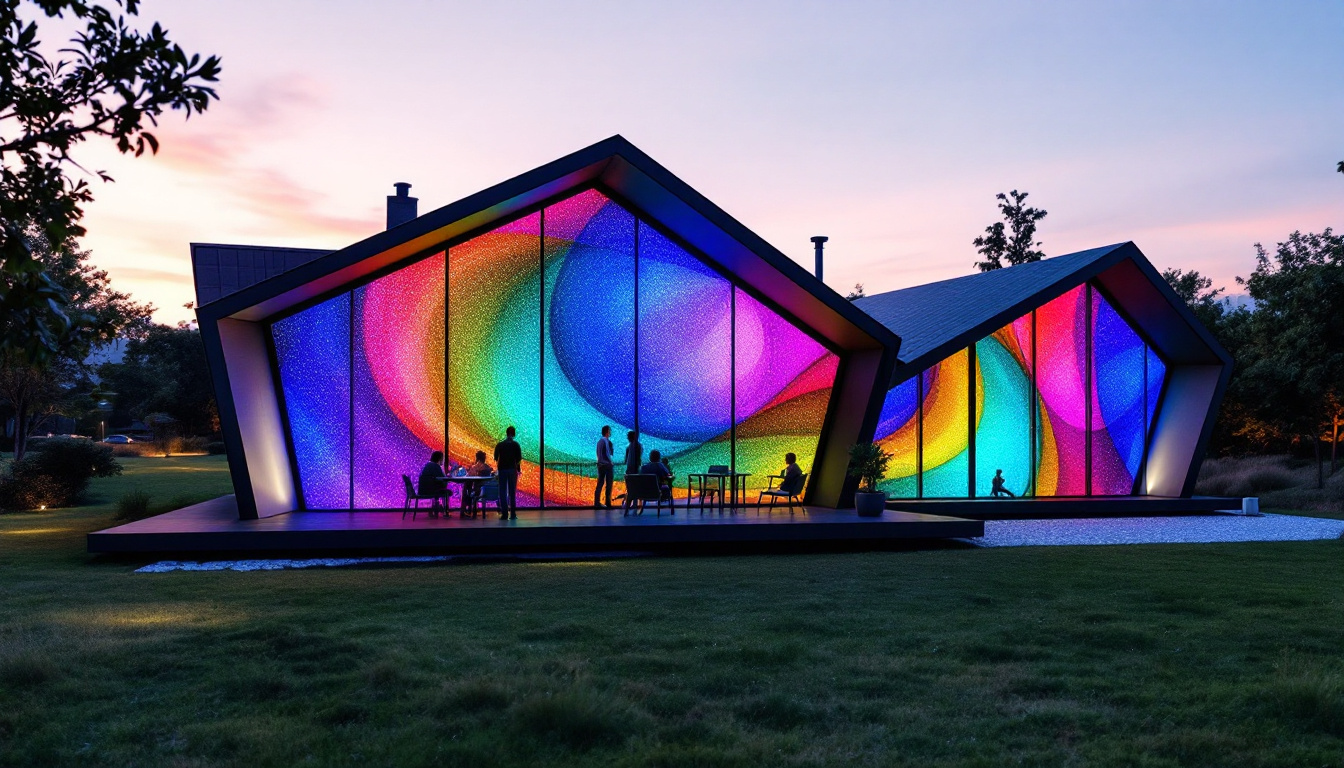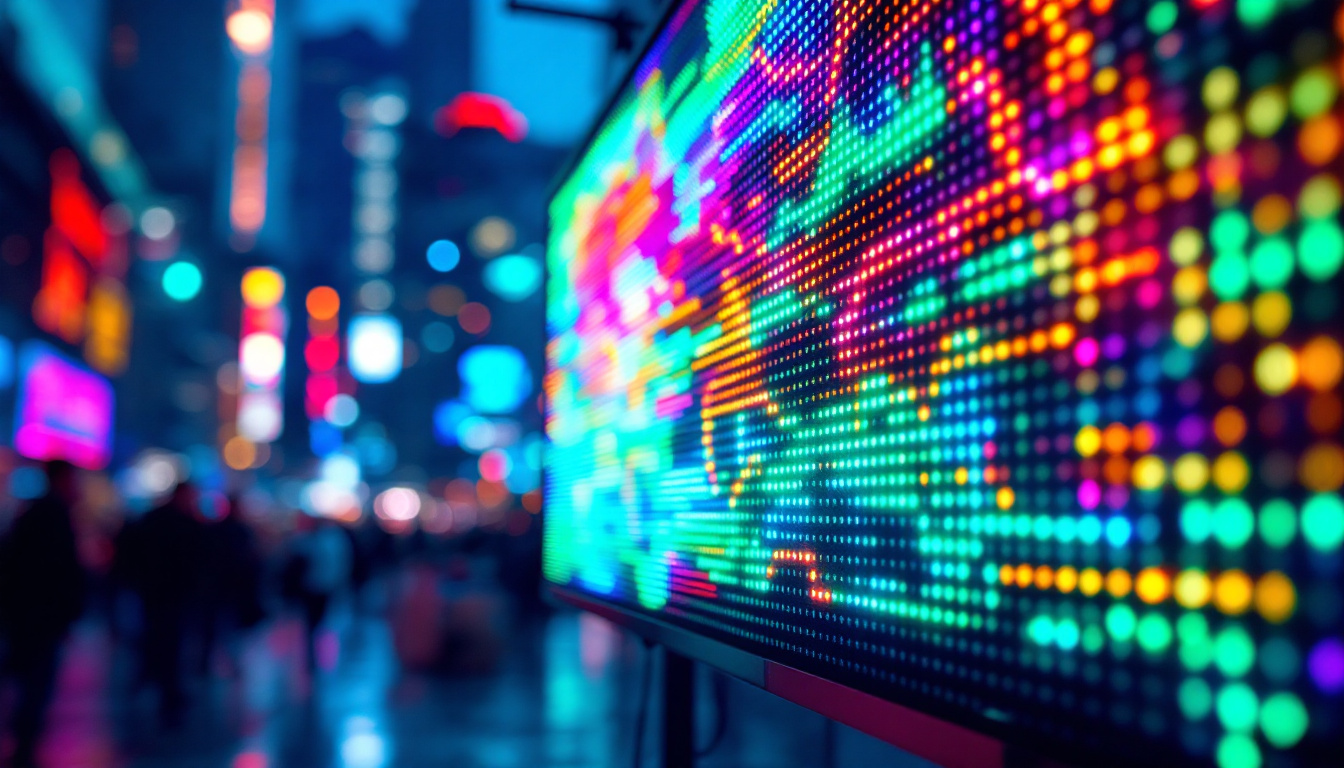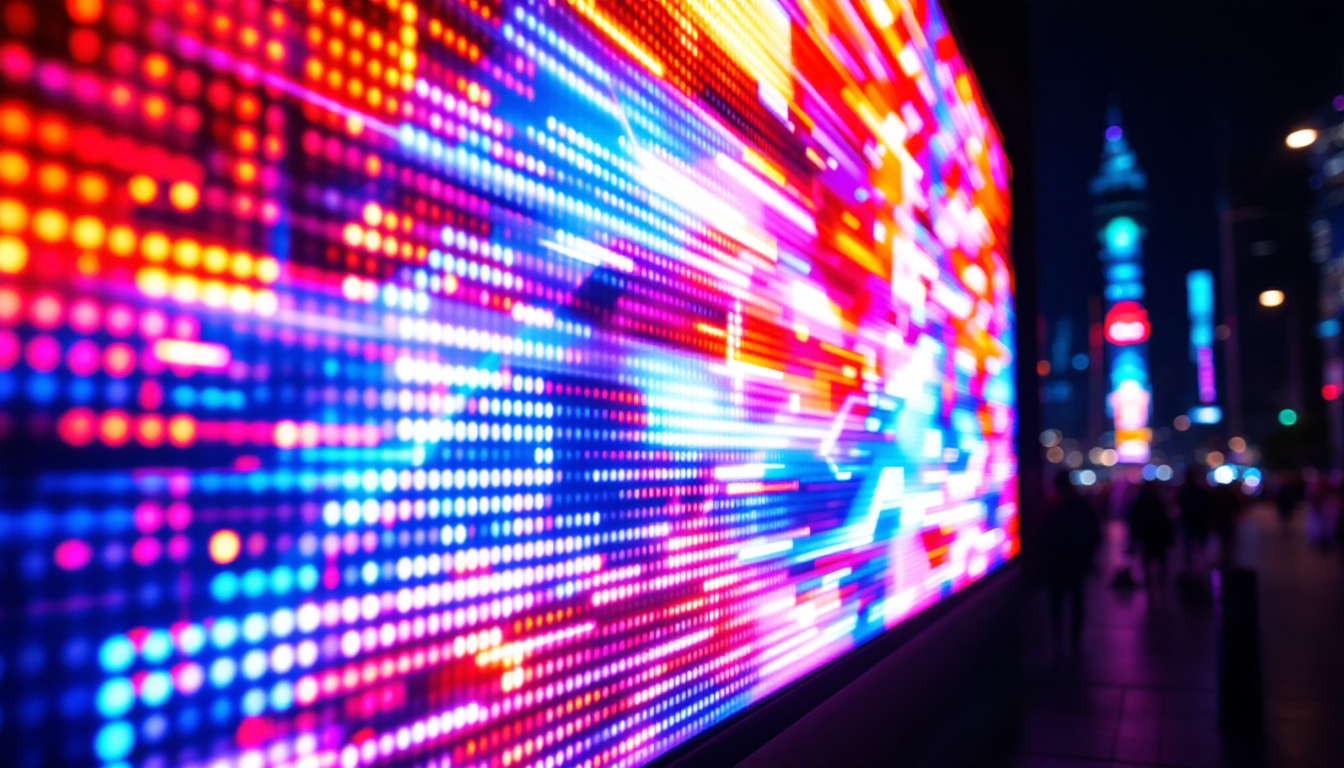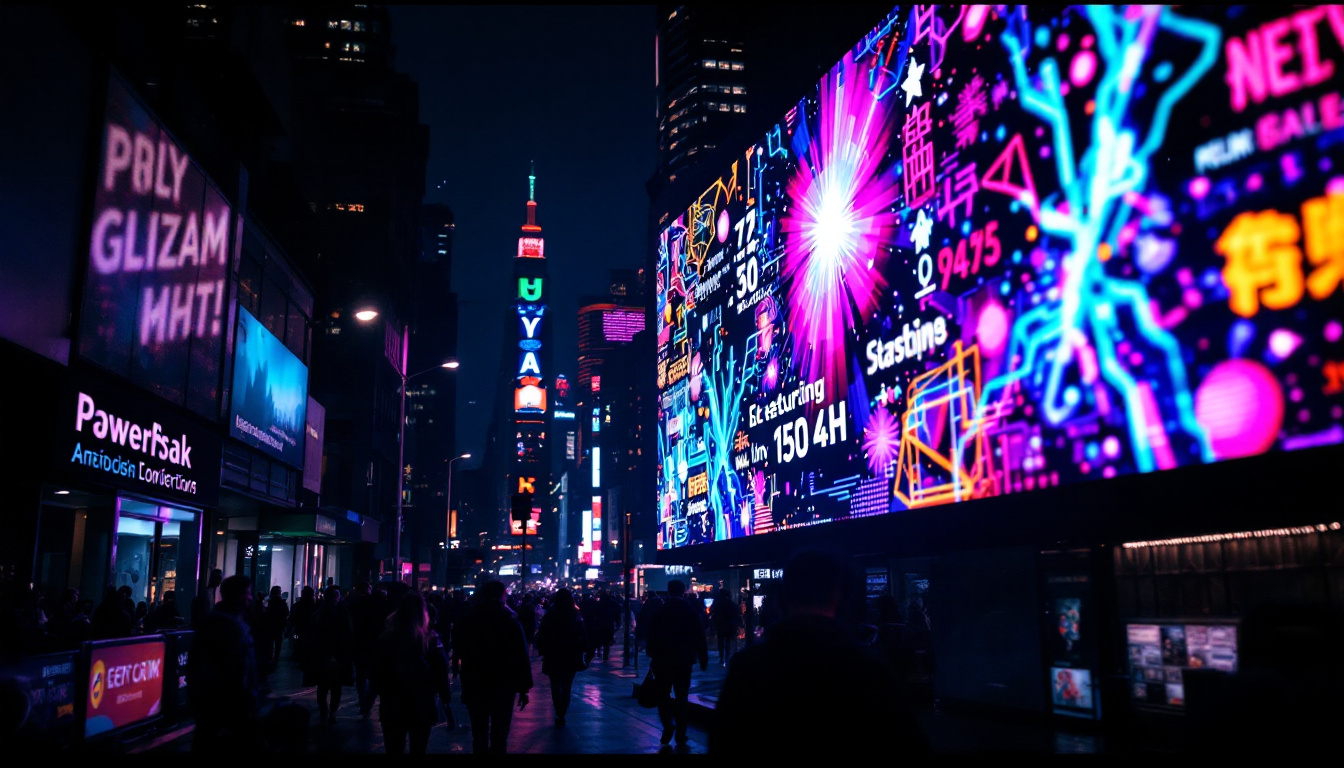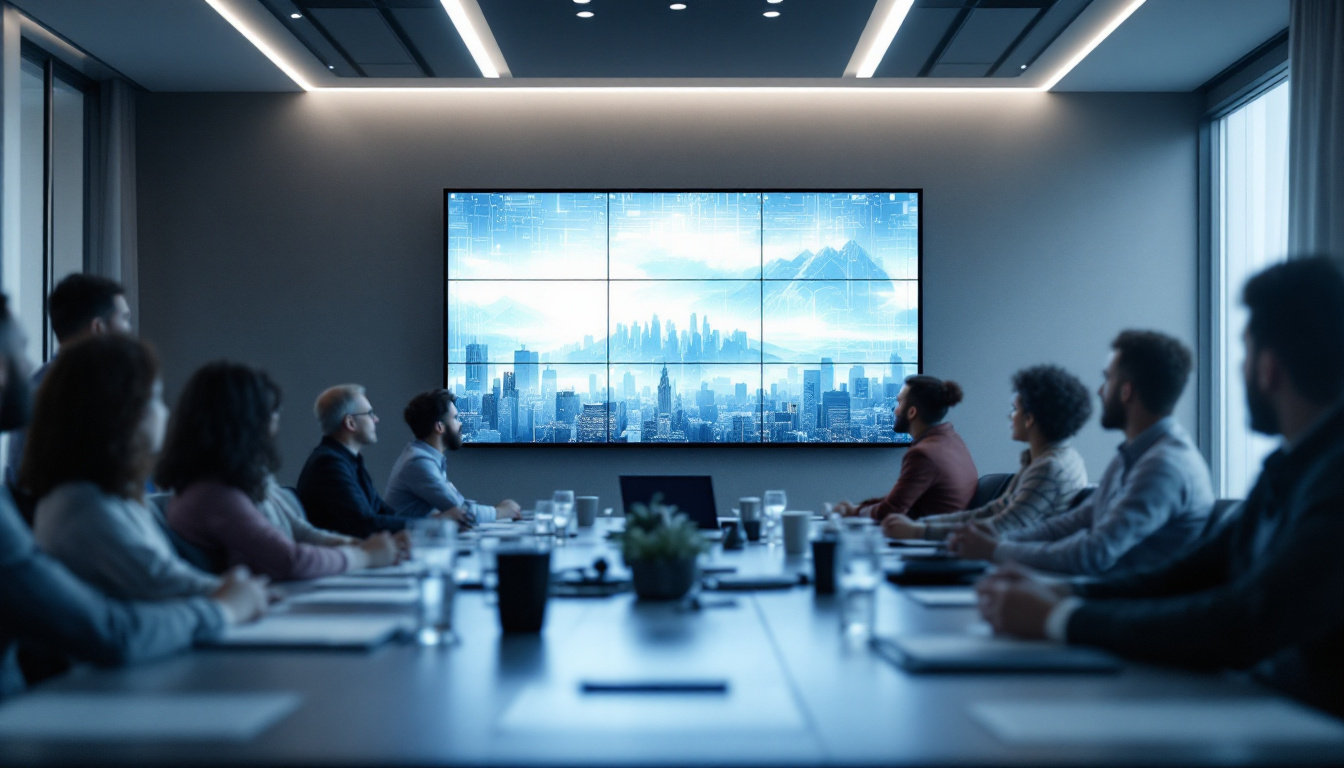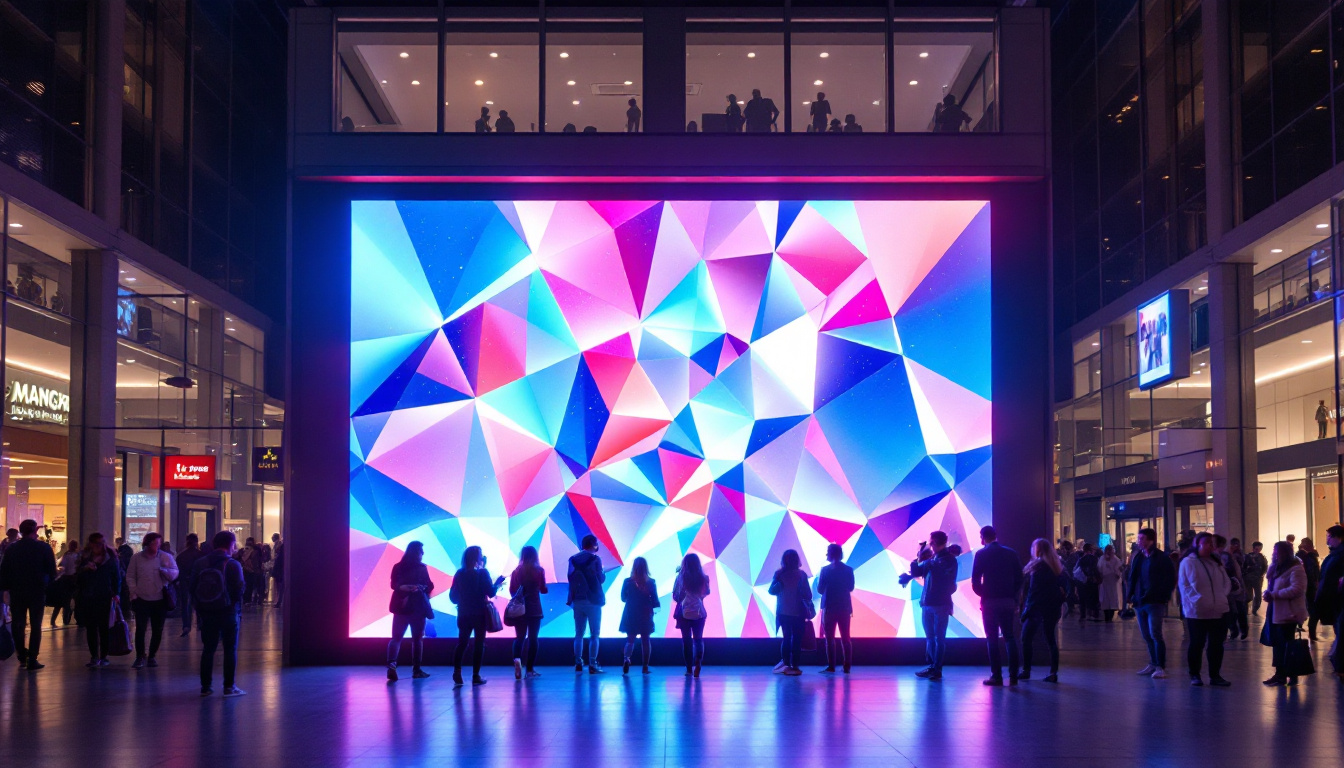In recent years, LED displays have revolutionized the way events are visualized and experienced. From concerts and festivals to corporate events and trade shows, the impact of LED technology is undeniable. This article delves into the intricacies of LED displays, exploring their functionality, advantages, and applications in various settings.
Understanding LED Technology
Light Emitting Diodes (LEDs) are semiconductor devices that emit light when an electric current passes through them. This technology has evolved significantly, leading to the development of LED displays that are used extensively in various applications. The fundamental principle behind LED technology is relatively simple, yet its implications are vast. From energy-efficient lighting solutions to vibrant digital signage, LEDs have transformed the way we interact with light and visual information.
How LEDs Work
At the core of an LED is a chip made from a combination of materials that emit light when energized. When electricity flows through the diode, electrons recombine with holes in the semiconductor, releasing energy in the form of photons. The color of the light emitted depends on the materials used in the semiconductor. This allows for a wide range of colors to be produced, making LEDs versatile for various applications. The efficiency of LEDs is also noteworthy; they convert a higher percentage of electricity into light compared to traditional incandescent bulbs, which waste much of their energy as heat.
LEDs can be combined in different configurations to create displays. By arranging multiple LEDs in a grid pattern, manufacturers can create screens capable of displaying images, videos, and animations. This modularity is one of the key advantages of LED technology, allowing for flexibility in design and application. Furthermore, advancements in LED technology have led to the development of smart LEDs, which can be controlled remotely and programmed to change colors or patterns, enhancing their functionality in dynamic environments.
Types of LED Displays
There are several types of LED displays, each suited for specific environments and purposes. The most common types include:
- Indoor LED Displays: These are designed for use in controlled environments, such as conference rooms and theaters. They typically have a higher pixel density, allowing for clearer images viewed from shorter distances. This makes them ideal for presentations, advertising, and entertainment venues where visual clarity is paramount.
- Outdoor LED Displays: Built to withstand harsh weather conditions, outdoor displays are larger and often have a lower pixel density. They are ideal for billboards and large event screens. These displays are engineered to be bright enough to be seen in direct sunlight, ensuring that messages are conveyed effectively even in challenging lighting conditions.
- Transparent LED Displays: These innovative displays allow light to pass through, making them perfect for use in storefronts and exhibitions where visibility from both sides is essential. Their unique design not only serves functional purposes but also adds an aesthetic appeal, enabling brands to showcase their products while maintaining an open and inviting atmosphere.
In addition to these common types, there are also specialized LED displays such as flexible LED screens, which can be bent and shaped to fit unconventional spaces, and interactive LED displays that respond to touch or movement. These advancements reflect the ongoing innovation within the LED industry, pushing the boundaries of what is possible in visual technology. As LED technology continues to evolve, we can expect even more creative applications that enhance our daily lives and experiences.
Advantages of LED Displays
LED displays offer numerous advantages over traditional display technologies, making them a preferred choice for many applications. Their unique characteristics contribute to their growing popularity in various sectors.
High Brightness and Visibility
One of the standout features of LED displays is their brightness. They can produce vivid colors and high contrast ratios, ensuring that content is easily visible even in bright sunlight. This makes them ideal for outdoor events and advertising, where visibility is crucial. Furthermore, the ability to adjust brightness levels dynamically allows for optimal viewing experiences in different lighting conditions, enhancing the effectiveness of advertising campaigns and presentations.
Energy Efficiency
LED technology is known for its energy efficiency. Compared to traditional lighting solutions, LEDs consume significantly less power while providing the same level of brightness. This not only reduces operational costs but also minimizes the environmental impact, making LED displays a sustainable choice. Additionally, many LED displays come equipped with smart technology that allows for real-time monitoring of energy consumption, enabling businesses to optimize their usage and further decrease their carbon footprint.
Longevity and Durability
LED displays are built to last. With a lifespan of up to 100,000 hours, they far outlast traditional display technologies. Additionally, they are more resistant to shocks and vibrations, making them suitable for dynamic environments such as concerts and sports events. This durability translates into lower maintenance costs and less frequent replacements, allowing organizations to allocate resources more efficiently. Moreover, advancements in LED technology have led to improved weather resistance, ensuring that displays can withstand harsh conditions, from heavy rain to extreme temperatures, thereby expanding their usability across various climates and settings.
Applications of LED Displays
The versatility of LED displays allows them to be used in a wide range of applications. From entertainment to information dissemination, their uses are diverse and impactful.
Entertainment Industry
In the entertainment sector, LED displays have transformed the way audiences experience performances. Concerts, theater productions, and festivals utilize large LED screens to enhance visual storytelling. These displays can create immersive environments, captivating audiences with dynamic visuals and synchronized lighting.
Moreover, the ability to create custom shapes and sizes allows for innovative stage designs. Whether it’s a massive backdrop or intricate stage elements, LED technology enables designers to push the boundaries of creativity. The integration of LED screens into performances not only enhances the aesthetic appeal but also allows for real-time interaction with the audience, as visuals can be tailored to respond to the music or the performers’ actions, creating a unique experience that resonates with viewers on multiple levels.
Advertising and Marketing
LED displays have become a staple in advertising due to their eye-catching nature. Billboards, storefronts, and event displays leverage the brightness and color vibrancy of LEDs to attract attention. Digital signage powered by LED technology allows businesses to update content in real-time, providing flexibility that static displays cannot match.
This dynamic capability enables targeted marketing strategies, as businesses can tailor messages based on the time of day or audience demographics, maximizing engagement and effectiveness. Furthermore, the use of LED displays in interactive advertising campaigns has gained traction, where consumers can engage directly with the content through touch or motion sensors, creating a memorable and participatory experience that drives brand loyalty and customer interaction.
Corporate Events and Presentations
In corporate settings, LED displays are invaluable for presentations and conferences. Their high resolution ensures that even the smallest text is legible, making them ideal for displaying data, charts, and videos. Additionally, their modular nature allows for easy setup and teardown, which is crucial for events that require quick transitions.
Beyond mere presentation, LED displays can also facilitate remote collaboration, allowing participants from different locations to join in seamlessly. With features like live streaming and video conferencing capabilities integrated into these displays, companies can connect with global audiences in real-time, enhancing communication and engagement. This technology not only streamlines the flow of information but also fosters a more inclusive environment where ideas can be shared across borders, making corporate events more impactful and far-reaching.
Choosing the Right LED Display
Selecting the appropriate LED display for a specific application involves several considerations. Understanding the requirements and environment is key to making an informed choice.
Pixel Pitch
Pixel pitch refers to the distance between the centers of two adjacent pixels. A smaller pixel pitch results in a higher resolution, which is essential for indoor displays viewed from close distances. Conversely, outdoor displays can utilize a larger pixel pitch since they are typically viewed from further away.
Brightness Levels
Brightness is another critical factor to consider. Indoor displays generally have lower brightness requirements than outdoor displays, which must contend with ambient light. Understanding the lighting conditions of the intended environment will guide the selection of the appropriate brightness level.
Installation and Maintenance
Installation requirements vary based on the type and size of the LED display. Some displays are designed for permanent installation, while others are portable and suited for temporary setups. Additionally, maintenance considerations should be factored in, as some displays may require more frequent servicing than others.
Future Trends in LED Technology
The LED display industry is continually evolving, with new technologies and trends emerging. Staying informed about these developments can help businesses and event organizers make strategic decisions.
Advancements in Resolution
As technology progresses, LED displays are achieving higher resolutions. The introduction of microLED and miniLED technologies is paving the way for displays with even finer pixel pitches, allowing for greater detail and clarity. This trend is particularly beneficial for applications requiring high-definition visuals, such as virtual reality and augmented reality experiences.
Integration with Smart Technologies
Smart technology integration is becoming increasingly prevalent in LED displays. Features such as remote monitoring, automated brightness adjustments, and content scheduling are enhancing the functionality of these displays. This integration not only improves user experience but also streamlines operations for businesses.
Sustainability Initiatives
As environmental concerns grow, the LED industry is focusing on sustainability. Manufacturers are exploring eco-friendly materials and production methods to reduce waste and energy consumption. Moreover, recycling programs for old LED displays are being implemented to minimize environmental impact.
Conclusion
LED displays have transformed the landscape of visual communication, offering unparalleled brightness, energy efficiency, and versatility. As technology continues to advance, their applications will only expand, providing innovative solutions for various industries. Understanding the intricacies of LED displays is essential for anyone looking to leverage this technology effectively, whether in entertainment, advertising, or corporate settings.
By staying informed about the latest trends and developments in LED technology, businesses and event organizers can ensure they are equipped to make the most of this dynamic medium. The future of LED displays is bright, and their potential is limited only by the imagination.
Discover LumenMatrix’s Innovative LED Solutions
Ready to elevate your visual experience with the latest in LED technology? LumenMatrix is at the forefront of LED innovation, offering a diverse range of solutions that cater to all your display needs. From the immersive Indoor LED Wall Display to the dynamic Outdoor LED Wall Display, and from the versatile Vehicle LED Display to the sleek LED Poster Display, our products are designed to make your brand shine. Explore our LED Sports Display for engaging sports events, the interactive Floor LED Display for unique installations, and the revolutionary All-in-One LED Display for seamless presentations. Experience the future of visual communication with our Custom LED Display and LED Transparent Display options. Check out LumenMatrix LED Display Solutions today and transform your space into a captivating visual spectacle.


